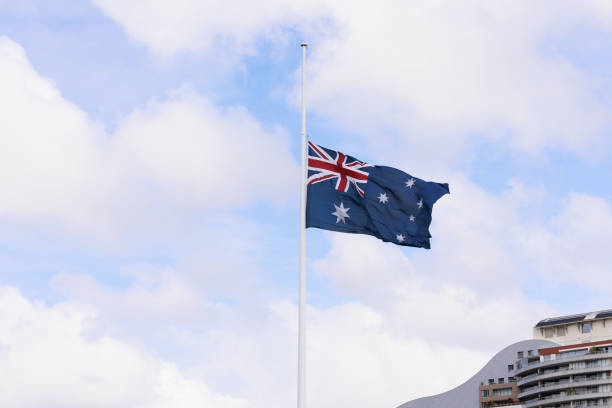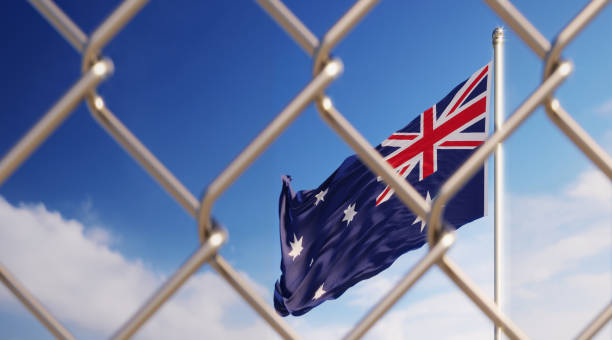The story of Nur Sajat Australia is relevant in migration law matters, specifically for people who need protection visas. Seeking protection and asylum in Australia can be a complex and challenging process. However it is important to know that you are not alone. People seek asylum and protection in Australia for a variety of reasons, including:
- Persecution: People who face persecution in their home country on the basis of their race, religion, nationality, gender, membership of a particular social group, or political opinion may seek asylum in Australia.
- Humanitarian reasons: People who are outside of Australia and who are at risk of serious harm in their home country may seek protection. This may include people who are fleeing war, famine, or natural disasters.
- Family reunification: People who have family members who have received asylum or protection in Australia may also be eligible to apply for a visa to join them.
The story of Nur Sajat Australia has continued to represent the challenges that transgender people face. In this article, we will highlight how this story can help inspire people who seek asylum and protection in Australia.
Key Takeaways
- Nur Sajat is a Malaysian transgender entrepreneur and social media influencer who fled to Australia in 2021 after being charged for “insulting Islam” in her home country.
- She got asylum in Australia in October 2021 and has since settled in Sydney.
- In February 2022, Sajat legally changed her gender status to female in Australia.
- She is now a vocal advocate for LGBTQ+ rights in Australia. Her story is one of hope and resilience for members of the LGBTQ+ community who face persecution by most anti-LGBT governments or groups.
- The story of Nur Sajat Australia is relevant in migration law matters. This because it highlights the challenges faced by transgender people seeking protection and asylum.
- A study in 2019 found that more than half of the transgender community in Malaysia feel unsafe.
- People seeking protection and asylum can also move to Australia by applying for a protection visa.
- To be eligible for a protection visa, you must be able to show that you are at risk of persecution in your home country on the basis of your race, religion, nationality, membership of a particular social group, or political opinion.
Who is Nur Sajat?
Nur Sajat Kamaruzzaman is a Malaysian transgender entrepreneur and social media influencer. Sajat was forced to flee Malaysia after attending a religious charity event while dressed in traditional Muslim clothing for women. Nur Sajat could have faced three years jail for dressing as a woman. Most likely in a men’s prison.
She could hardly have known such conservative clothing would ultimately force her to flee her country, leaving behind her home and business empire in fear for her safety. But as a transgender woman, the very act of dressing in female clothing, let alone at a religious event, is a crime under sharia law.
Ms Sajat fled to Thailand in February 2021, but the Malaysian government convinced Thai authorities to detain her. She was granted refugee status and fled to Australia after. The Australian government realised that she was being abused and persecuted in her home country. Hence, they granted her asylum in Australia in October 2021.
Her story highlights the discrimination and persecution that transgender people face in many parts of the world. Nur Sajat was simply trying to live her life as she is. However, she was forced to flee her home because of her gender identity.
Sajat is a well-known figure in Malaysia for her successful cosmetics business and her outspoken advocacy for LGBTQ+ rights. Additionally, she is also a popular social media personality with almost half a million followers on Instagram. The case of Nur Sajat Australia highlights the challenges faced by transgender individuals in Malaysia and the importance of protection visas for those seeking asylum in Australia. Read the full story of Nur Sajat Australia here.

Types of Protection Visas
Just like the story of Nur Sajat Australia, other people seeking asylum and protection can also seek refuge in Australia. In Australia, there are different types of protection visas available for those seeking asylum. Here are the types of protection visas in Australia:
1. Permanent Protection Visa (Subclass 866): This visa is for people who are in Australia and want to apply for protection. It lets you stay in Australia permanently if you arrived legally on a valid visa.
2. Temporary Protection Visa (Subclass 785): This visa is for people who arrived in Australia illegally and are found to be owed protection obligations. It permits the holder to remain in Australia temporarily for up to three years.
3. Safe Haven Enterprise Visa (Subclass 790): This visa is for people who arrived in Australia illegally and are found to be owed protection obligations. It permits the holder to remain in Australia temporarily for up to five years and work in regional areas.
4. Resolution of Status Visa (Subclass 851): This visa is for people who currently hold or formerly held a Temporary Protection Visa (subclass 785) or a Safe Haven Enterprise visa (subclass 790) and arrived in Australia before 14 February 2023. It allows the holder to remain in Australia permanently
Aside from the basic requirements mentioned above for these protection visas, applicants must:
- Be at risk of persecution in their home country.
- Not be able to obtain protection from their home country government.
- Not pose a security risk to Australia.
Nur Sajat Australia: FAQs
1. Who is Nur Sajat?
A: Nur Sajat is a transgender woman who was a victim of gender discrimination in her home country, Malaysia. She fled to Australia to seek protection and refuge from Malaysian authorities and religious authorities. She now has a successful career as an entrepreneur and influencer.
The Australian Government has understood that the prosecution against her was solely on the basis of gender identity. The story of Nur Sajat Australia has inspired many people who also want to seek refuge in Australia.
2. What is the difference between a refugee visa and a humanitarian visa?
A: The DHA grants refugee visas to people who have fled their home country because they are at risk of persecution. Moreover, the DHA grants a humanitarian visa to people who are outside Australia and who are at risk of serious harm if they are returned to their home country.
3. How long does it take to process a protection visa application?
A: The processing time for protection visa applications varies depending on the complexity of the case. However, we generally recommend that applicants anticipate at least 12 months of processing time.
4. What should I do if my protection visa application is refused?
A: If the DHA rejects your protection visa application, you will have the opportunity to appeal the decision. You can also seek legal advice from migration lawyers to discuss your options. For example, suppose that Thai immigration authorities refused your visa application going to Australia. Lawyers can keep in touch with Thai immigration authorities and help you figure out the reason of your protection visa cancellation.

How Can We Help With Protection Visa Applications?
JB Solicitors migration lawyers can help people who seek refuge in Australia lodge a successful protection visa application.
Our team of experienced lawyers has a deep understanding of Australian migration law and the specific challenges faced by transgender people seeking protection. We can help you understand the eligibility criteria for protection visas, prepare your application, and represent you at any hearings or interviews.
Reach out to us today if you need help with your protection visa application.
